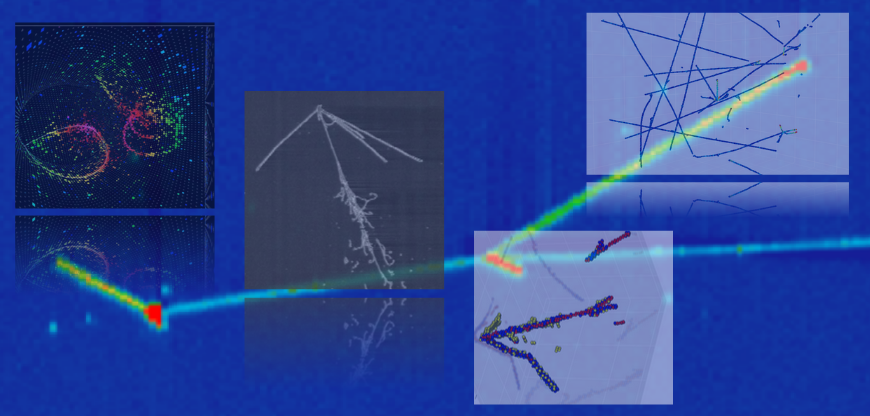Speaker
Description
The ICARUS detector, a LArTPC (Liquid Argon Time Projection Chamber) of 476 tons fiducial volume, serves as the Far Detector of the SBN (Short Baseline Neutrino) program. ICARUS is situated on-axis with respect to the BNB and off-axis to the NuMI neutrino beams at Fermilab. LArTPC is a powerful detector technology for achieving precise neutrino interaction imaging and reconstruction in 3D, thanks to its mm-scale spatial resolution. An end-to-end, scalable reconstruction chain referred to as "SPINE" (Scalable Particle Imaging with Neutral Embeddings) makes the use of Sparse Convolutional Neural Network on the voxel-level information extraction and Graph Neural Network on the particle-level structure clustering in a hierarchical way to analyze data. This talk presents the reconstruction performance of SPINE on two well-known processes in ICARUS: Michel electron and neutral pions decaying to two photons. Michel electrons are the daughter particles of muon decay-at-rest that have well-defined energy spectra, making them suitable targets of detector energy scale calibration below 100 MeV; meanwhile, the neutral pion decaying into a pair of gamma photons is one of the dominant background in the ICARUS electron neutrino appearance measurement due to the presence of electromagnetic showers. Understanding both processes in ICARUS is key to the successful application of machine learning techniques toward SBN neutrino oscillation physics.

